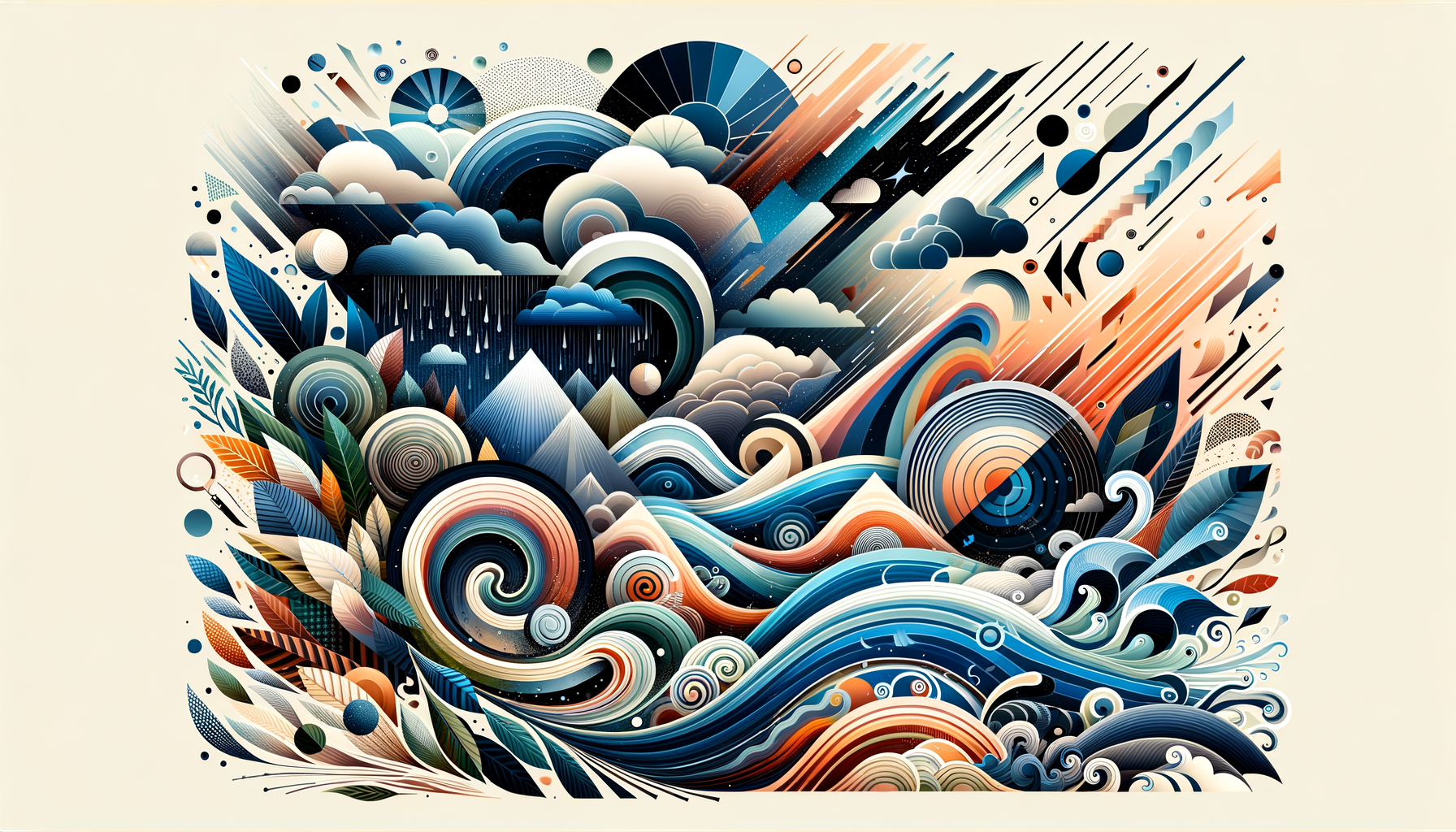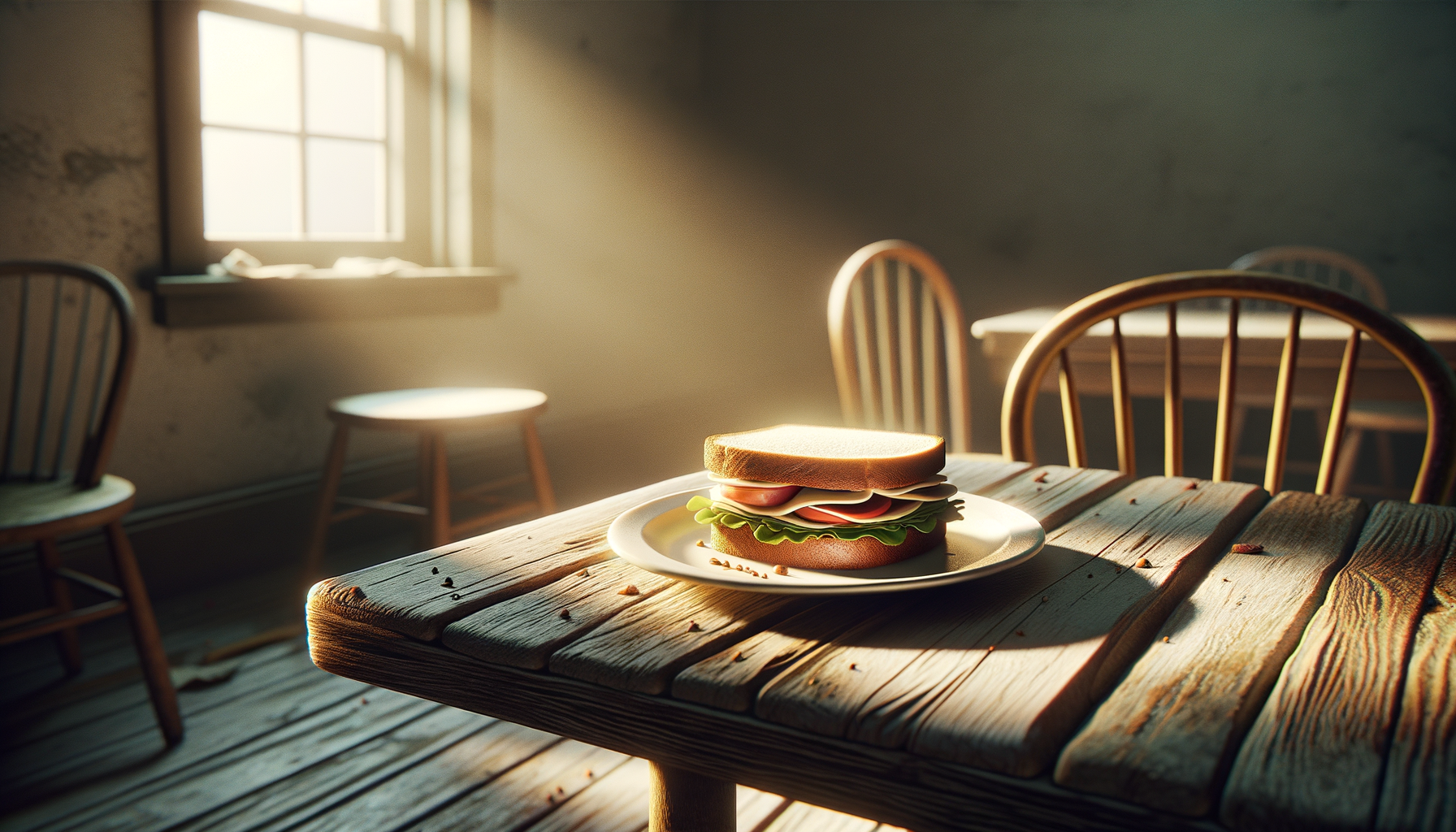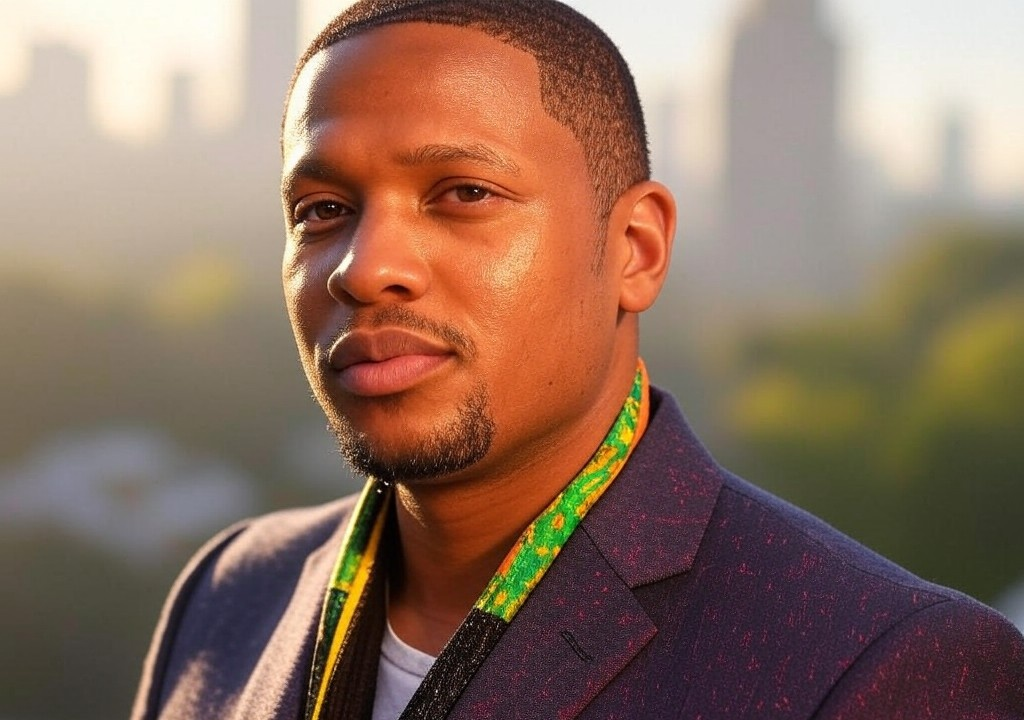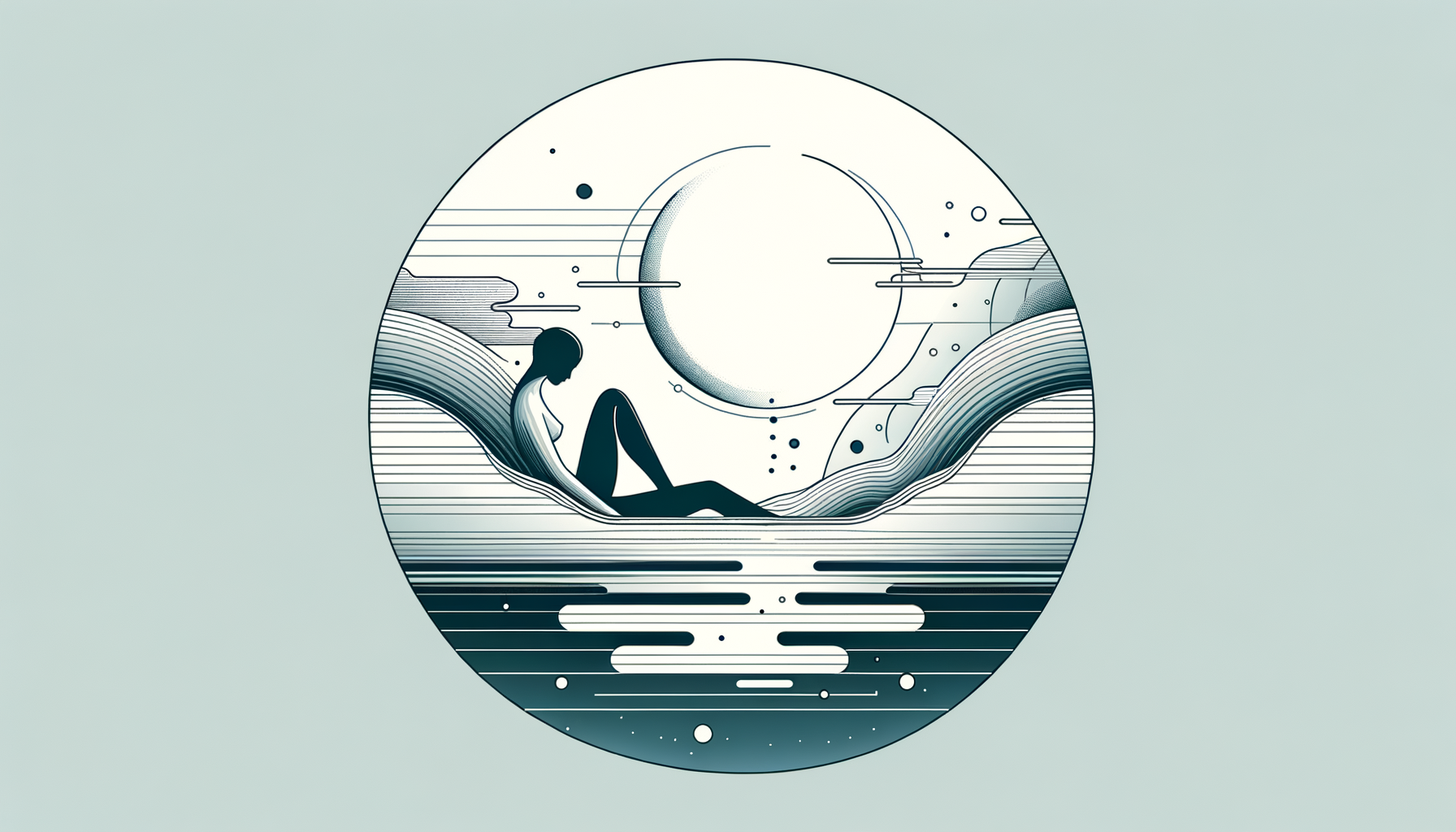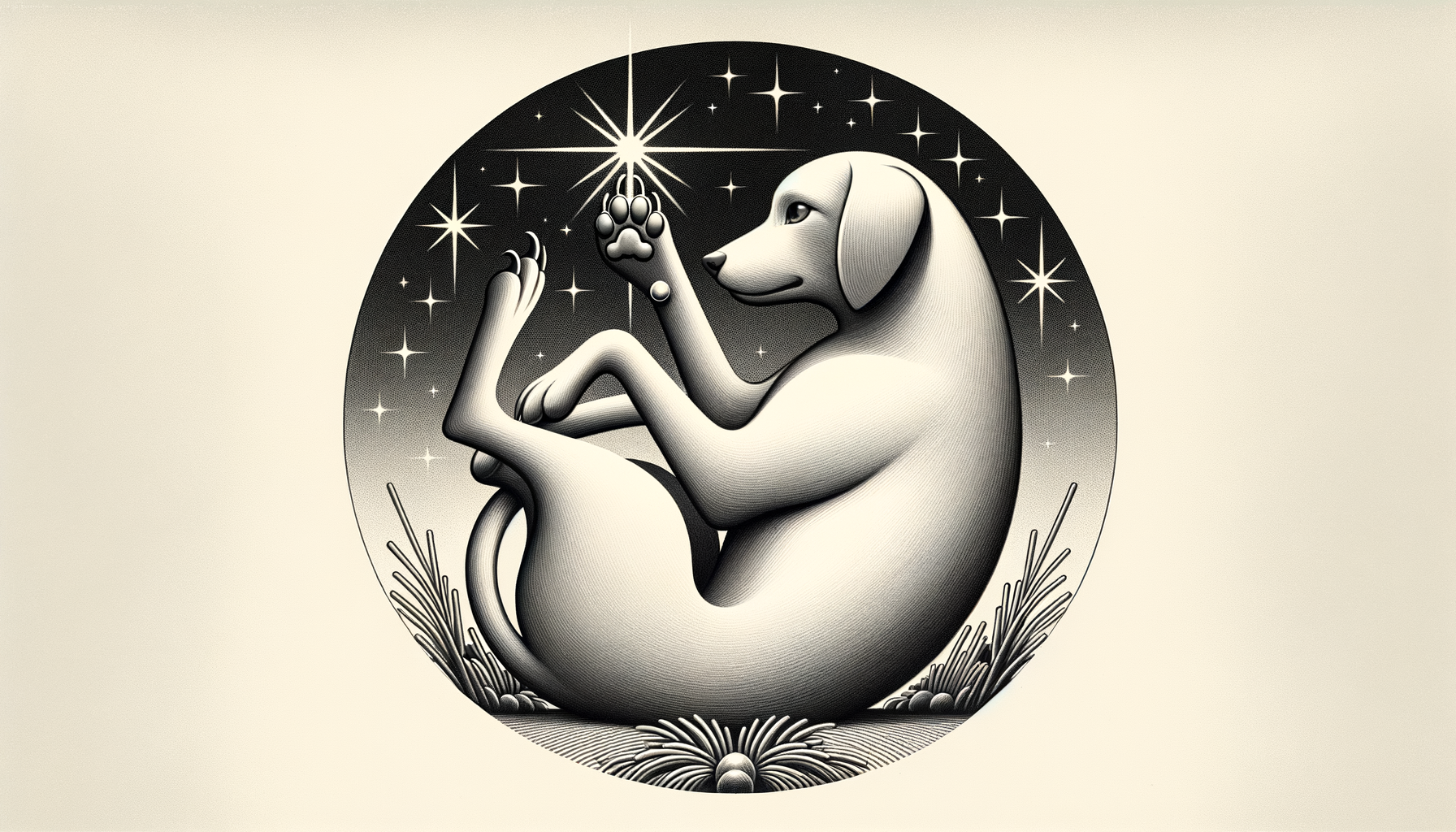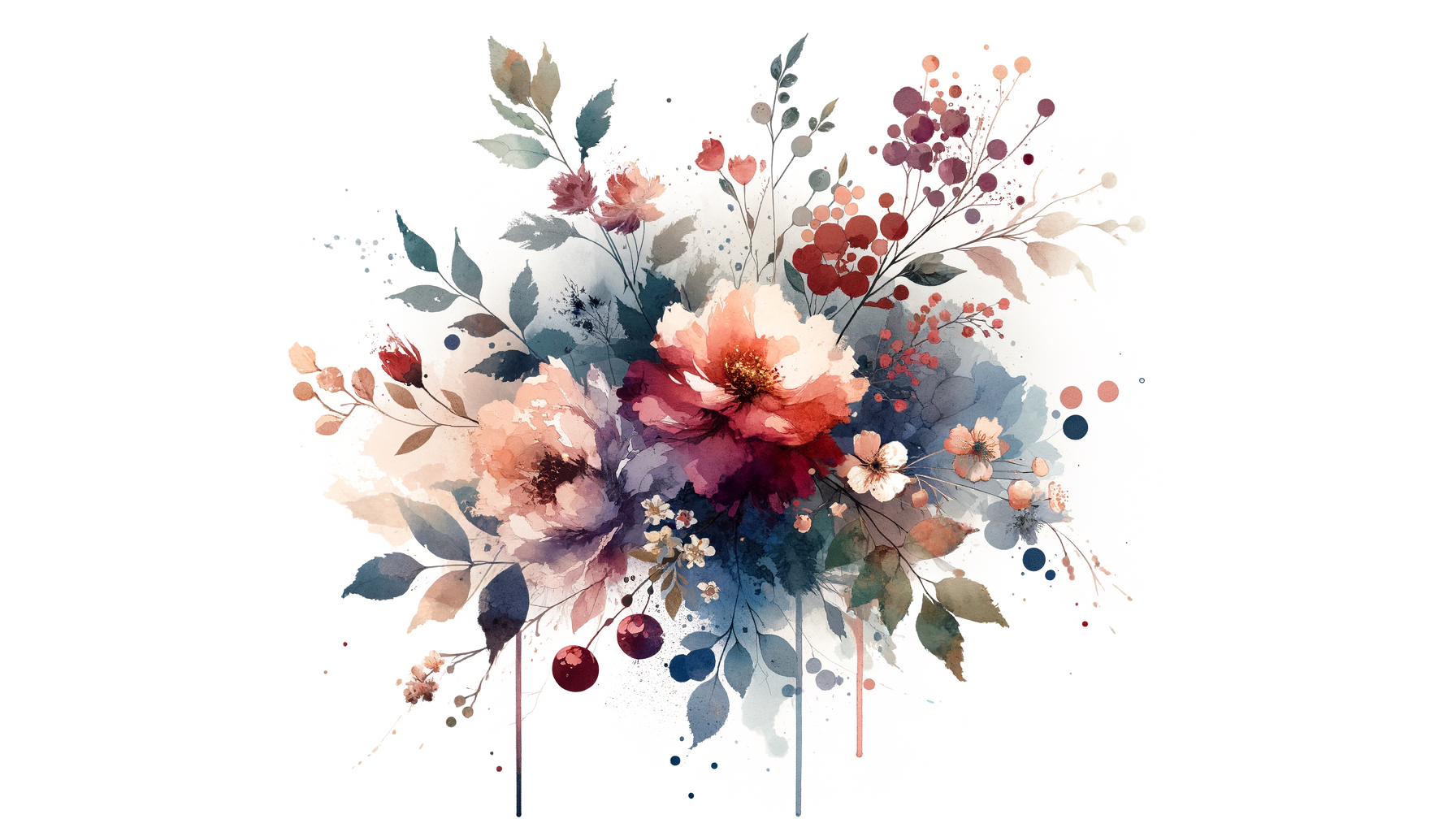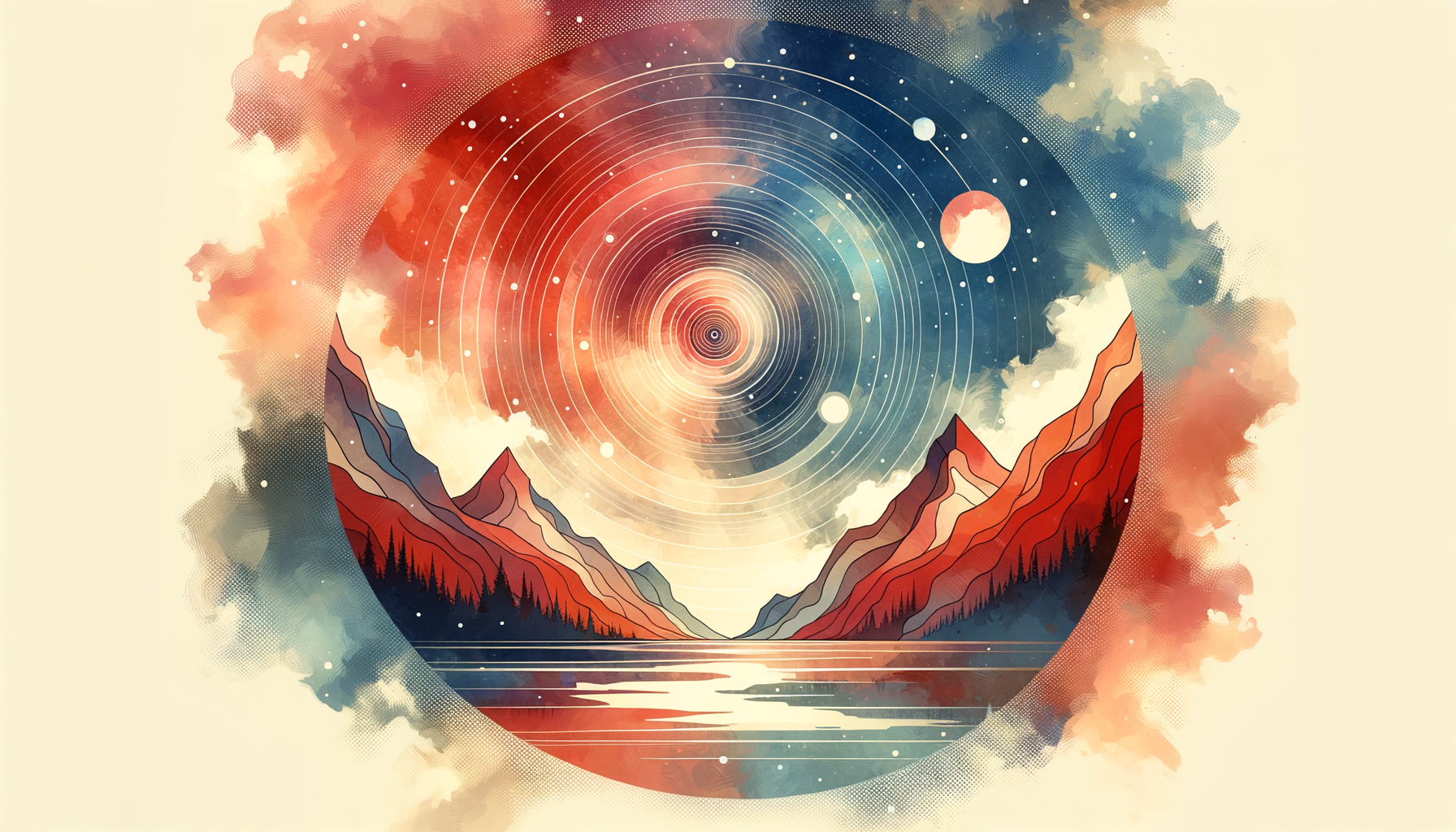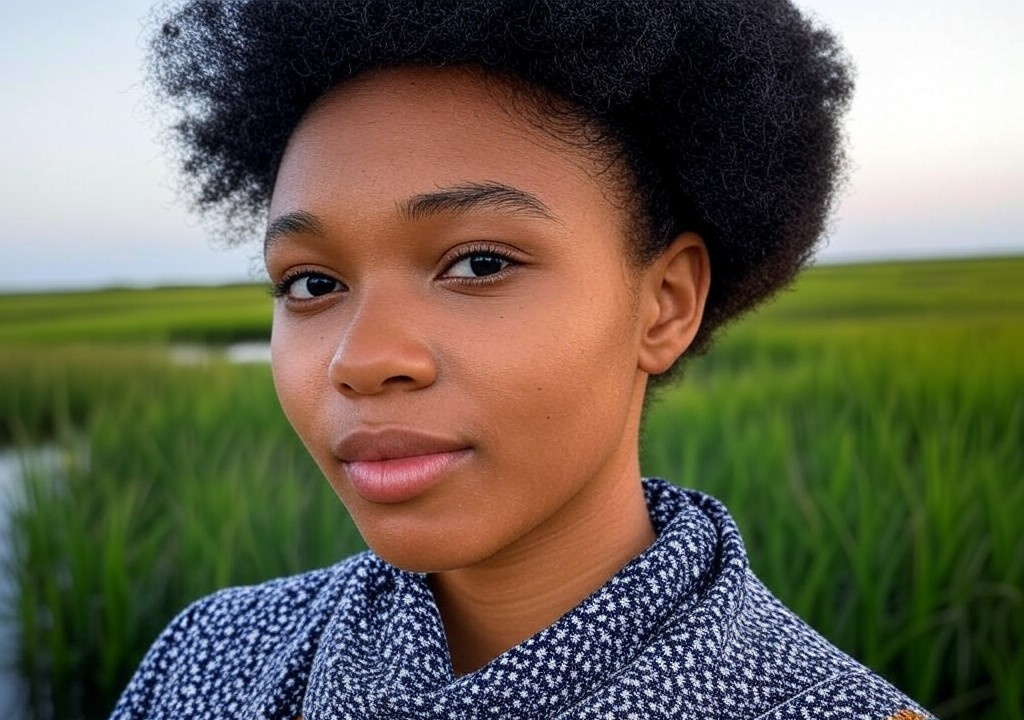The Book That Changed My Life
I was 19, wearing sunscreen-streaked sunglasses, sitting cross-legged on the La Jolla shore, and silently waging a war with myself. It was a battle of identities: Do I keep pursuing the stable, science-minded life I’d mapped out as a Marine Biology major? Or do I lean into the quiet pull of my creative side, the one sparked by mornings of journal scribbles on windswept cliffs? As I considered my existential fork in the road, my mom handed me a book—one that would change my life in ways I never saw coming.
That book was Gift from the Sea by Anne Morrow Lindbergh. At first glance, it looked like something plucked from a church rummage sale—a slim volume with a watercolor shell on the cover. Hardly the kind of manifesto I expected to guide a young woman caught between passions. But from the moment I cracked the first page, the wisdom woven between Lindbergh’s sea metaphors found me, changed me, and, more importantly, reminded me how to embrace the mess of life, love, and everything in between.
Here’s what that little book taught me about relationships, self-discovery, and—unexpectedly—why you should always talk to strangers at the tidepools.
Lesson 1: Empty Shells Aren’t Always a Bad Thing
In the opening pages of Gift from the Sea, Lindbergh writes about finding a "channelled whelk" shell on the beach—naturally, my mom was ecstatic that the metaphor started with marine life—and marvels at its beauty despite its emptiness. Lindbergh argues that simplicity can be striking—transformative, even—when we give it space to breathe.
So often, relationships today feel like we’re expected to pack them full of activity. If your Instagram couple photos don’t scream We just did Pilates, homemade pasta night, and emotional check-ins in one evening, are you even together? Lindbergh’s words taught me to appreciate the quiet spaces, the daily rhythms shared in companionship. Whether it’s holding hands on an evening walk or co-existing on a couch with a book (or in my case, scrolling tidepool ID apps), connection flourishes in simplicity.
For me, the idea translated into embracing both romantic and platonic relationships that didn’t always need a packed itinerary or grand gestures. Some of my happiest relationship moments—a late-night Pokémon Go walk with an ex, or an impromptu matcha date where nary a single “date question” was asked—came when I let myself find the beauty in just being present.
Lesson 2: Relationships Need High Tide Moments… and Space for Low Tide Too
Lindbergh draws an analogy between relationships and the tides. She suggests that love, like the ocean, has its natural ebb and flow—its periods of closeness and retreat. This practically slapped 19-year-old me across the face since I had been treating any quiet spell in my then-boyfriend’s attention as a red flag worthy of my spiraling.
But tides are normal, even healthy. It's not humanly possible to spend every waking moment high-tide-ing in love. (I mean, that’s how someone ends up crying at brunch over “too much together time.” Been there.) Lindbergh emphasizes the importance of space for solitude, not to escape relationships but to celebrate the individuality both partners bring to the connection. As a natural introvert who recharges best by staring out at La Jolla Cove with a coffee in peace, this concept was the permission slip I didn’t know I needed.
This perspective still informs my approach to love today—it’s okay to ask for alone time without it being some unspoken We need to talk dagger. And it’s okay for a relationship to sometimes feel routine or—even scarier—dull. That’s not broken; that’s life. It’s the rhythm of tides at work.
Lesson 3: You Can’t Build a Love Shack Without a Strong Sense of Self
Spoiler alert: Lindbergh doesn’t just analyze seashells for relationship metaphors; she digs deep into identity. One of her most profound lessons is the reminder that no truly fulfilling partnership can exist if you’ve abandoned your personal foundation. She believed that losing oneself in the shuffle of caretaking, attention-giving, and validation-seeking doesn’t serve anyone—not you or your partner.
This hit me square in the heart during college. I realized I was playing too much of a “cool girlfriend” role with someone who was not-so-secretly incompatible with me. You know the type—“I swear I love horror movies and skateboarding!” (Spoiler: I don’t. I scare easily and bruise like a peach.) Lindbergh taught me that trying to contort myself to sustain a fling wasn’t love; it was avoidance of my own needs.
Fast forward to now, and building a strong sense of self before diving into relationships remains my north star. And can we talk about how much less stressful dating is when you enter each relationship with a clear idea of who you are? It feels a little less ruin my playlists and personality for you and a lot more hey, let’s build a connection on what already works. Trust me—your self-respect will thank you for it.
Lesson 4: Nature Holds the Best Relationship Advice
What struck me most about Lindbergh’s writing was her ability to use the natural world as a mirror for us humans fumbling through love. She used starfish, dunes, and shells to frame her arguments, which spoke to my marine-biology-geek heart.
The thing about nature is that it doesn’t waste energy on perfection. A tidepool doesn’t look at another tidepool and wonder why its ecosystem isn’t as Instagram-worthy. The ocean doesn’t apologize for being murky after a storm. There’s a comfort in knowing that nature thrives by being its imperfect, wondrous self—and that lesson, I realized, applies to love.
We’re all messy creatures, aren’t we? We spill matcha lattes while flirting, misinterpret texts, or worry about posting too many couple pics in April. But learning to approach relationships with that “nature knows best” mindset helped me quit overthinking the small stuff and start appreciating the “naturally occurring moments” with people. Let’s not shy away from those sweet, unfiltered messes.
Conclusion: The Shells We Carry
All these years later, Gift from the Sea remains on my bookshelf—slightly warped, with some sand-stuck pages and underlined passages for the lessons I return to again and again. As a writer, as someone navigating the currents of dating and love, and as a woman who just enjoys finding metaphors at the beach, Lindbergh’s book reshaped how I see the world.
Her insights on ebb and flow, simplicity, selfhood, and grace remind me that relationships aren’t about perfection. Whether it’s love, friendship, or staring at a tidepool with someone you care about, the coastlines of life are meant to change. And us? Well, we’re just tides ourselves, learning how to move along with them.
So, if you’re ever feeling adrift in life or love, borrow a little Lindbergh wisdom: Walk barefoot on the sand, pocket a seashell, and remember that it’s okay to rewrite your story. Who says you can’t find yourself washed ashore, ready for the next wave?



